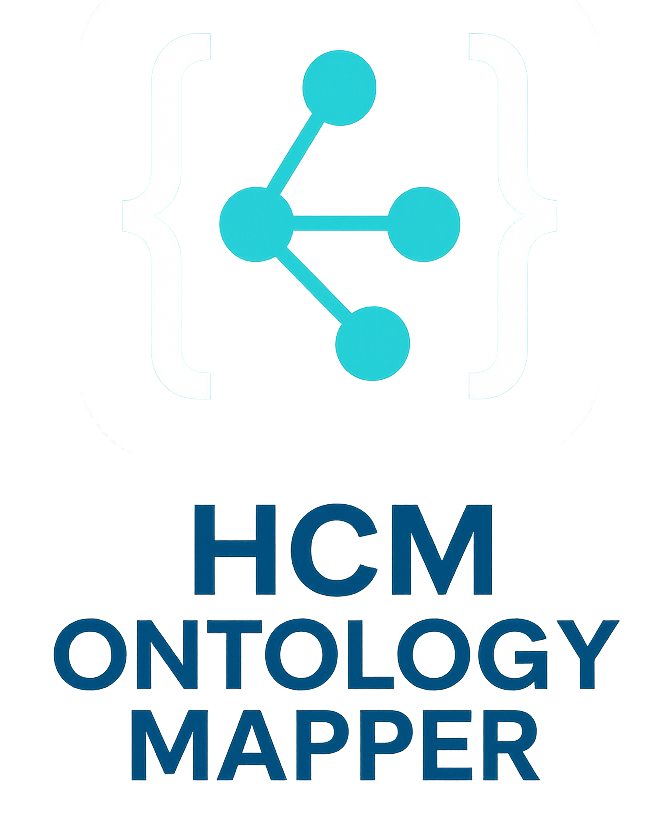FAIRRR 5/5 — The 30‑Day Playbook to Adopt FAIRRR with MAPP
This article is part of the FAIRRR series: 1 · 2 · 3 · 4 · 5
This is Post 5 of 5 in the FAIRRR series. Previous: Case Study—HCM with MAPP + Ontology Mapping
Week 1 — Scope and minimal descriptors
- Pick one ongoing study; list 10–15 ARRIVE‑aligned descriptors.
- Assign persistent IDs (animals, devices, protocols, reagents).
- Define roles and review cadence.
Week 2 — Templates and capture in‑flow
- Configure MAPP templates for your study.
- Map 10 core ontology terms for behaviors/conditions.
- Start capturing provenance and deviations as you go.
Week 3 — Link a pipeline and export
- Connect one analysis pipeline; record versions and parameters.
- Export a reusable package (metadata + license) for internal review.
- Dry‑run repository submission if relevant.
Week 4 — Review, publish, and institutionalize
- FAIRRR scorecard review; close gaps.
- Write an SOP addendum for metadata and provenance.
- Present quick wins to leadership (time saved, joins enabled, duplication avoided).
Sustaining practices
- Quarterly FAIRRR metrics; template updates.
- Rotating metadata champions; refresher training.
- Incremental integrations (LIMS/ELN, more pipelines, repositories).
What success looks like in 30 days
- One study with end‑to‑end FAIRRR metadata in MAPP.
- A working integration with at least one analysis.
- An SOP addendum and a simple FAIRRR dashboard.
Series navigation: Previous ← Case Study—HCM with MAPP + Ontology Mapping • Start → The Metadata Gap Is an Ethics Gap



